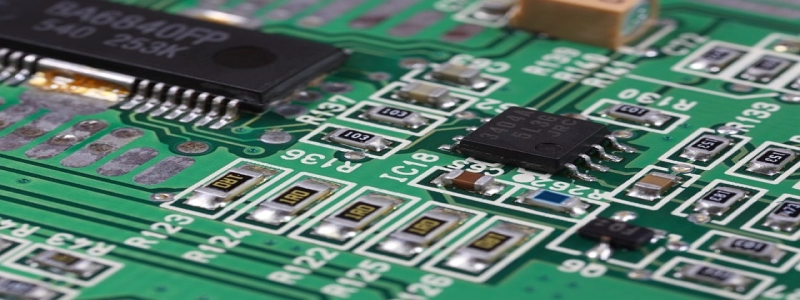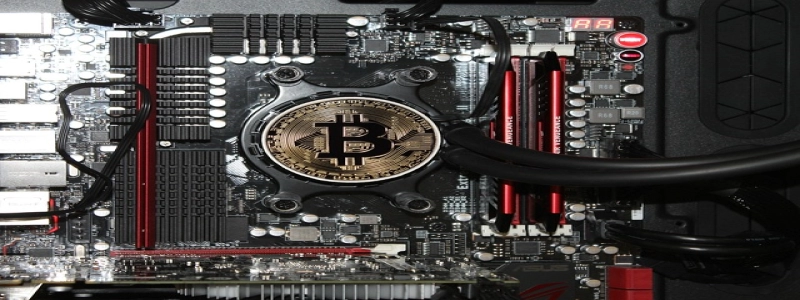Low PIM Attenuator
I. Introduction
A. Definition
B. Purpose
II. Components of a Low PIM Attenuator
A. PIM
B. Attenuator
III. Advantages of Low PIM Attenuators
A. Reduced Interference
B. Enhanced Signal Quality
C. Improved Network Performance
IV. Types of Low PIM Attenuators
A. Fixed Attenuators
B. Variable Attenuators
V. Applications of Low PIM Attenuators
A. Telecommunication Systems
B. Wireless Networks
C. Broadcast Industry
VI. Selection Criteria for Low PIM Attenuators
A. Frequency Range
B. Attenuation Value
C. Return Loss
D. PIM Rating
VII. Installation and Maintenance tips for Low PIM Attenuators
A. Proper Connection
B. Regular Inspection
C. Replacement
VIII. Conclusion
A. Summary of Benefits
B. Importance in Modern Communication Systems
I. Introduction
The low PIM attenuator is an essential component in modern communication systems. Its purpose is to reduce or attenuate the power of signals while minimizing the generation of passive intermodulation (PIM) distortion.
II. Components of a Low PIM Attenuator
A. PIM
PIM refers to the generation of unwanted signals caused by non-linearities within passive components. These unwanted signals can interfere with desired signals and degrade the overall system performance.
B. Attenuator
An attenuator is a passive electronic device that reduces the power of a signal without introducing significant distortion. It is commonly used in communication systems to control signal levels and optimize performance.
III. Advantages of Low PIM Attenuators
A. Reduced Interference
By minimizing PIM distortion, low PIM attenuators help reduce interference in communication systems. This interference can arise from multiple high-power signals transmitting simultaneously, commonly found in cellular communication networks.
B. Enhanced Signal Quality
Low PIM attenuators improve the quality of transmitted signals by reducing signal degradation caused by unwanted intermodulation products. This leads to clearer and more reliable communication.
C. Improved Network Performance
The use of low PIM attenuators in communication systems improves overall network performance by reducing interference, enhancing signal quality, and optimizing system efficiency.
IV. Types of Low PIM Attenuators
A. Fixed Attenuators
Fixed attenuators have a predefined attenuation value that remains constant. They are well-suited for applications where a specific amount of signal power reduction is required.
B. Variable Attenuators
Variable attenuators allow for adjustable attenuation levels, providing flexibility in controlling signal power according to varying system requirements. They are commonly used in lab settings and applications where fine-tuning of signal levels is necessary.
V. Applications of Low PIM Attenuators
A. Telecommunication Systems
Low PIM attenuators are extensively used in telecommunication systems, including cellular networks, satellites, and fiber-optic networks. They help optimize signal quality, reduce interference, and improve overall network performance.
B. Wireless Networks
Wireless networks, such as Wi-Fi, Bluetooth, and RFID systems, benefit from the use of low PIM attenuators. They ensure reliable signal transmission and reception, minimizing signal degradation and maximizing network efficiency.
C. Broadcast Industry
In the broadcast industry, low PIM attenuators are employed in TV and radio stations to enhance signal quality and reduce unwanted interference. This ensures clear and uninterrupted transmission of audio and video signals.
VI. Selection Criteria for Low PIM Attenuators
A. Frequency Range
The frequency range of the attenuator should match the operating frequency range of the communication system to ensure optimal performance.
B. Attenuation Value
The attenuation value of the attenuator should be appropriate for the desired power reduction. It is important to select an attenuator that can provide the desired level of attenuation without compromising signal quality.
C. Return Loss
The return loss of the attenuator indicates the amount of power reflected back to the source. A low return loss is desirable to minimize signal reflections and ensure efficient power transfer.
D. PIM Rating
The PIM rating of the attenuator specifies its ability to generate unwanted intermodulation products. A low PIM rating is crucial for maintaining signal integrity and minimizing interference.
VII. Installation and Maintenance tips for Low PIM Attenuators
A. Proper Connection
Low PIM attenuators should be connected properly according to the manufacturer’s guidelines. Ensuring proper installation minimizes signal loss and maintains optimal performance.
B. Regular Inspection
Regular inspections should be conducted to check for any signs of damage or deterioration. Any faulty or damaged attenuators should be replaced promptly to prevent signal degradation or system failures.
C. Replacement
Over time, attenuators may wear out or become less effective. Regular replacement of attenuators is necessary to ensure continued optimal performance in the communication system.
VIII. Conclusion
Low PIM attenuators play a crucial role in modern communication systems by minimizing interference, enhancing signal quality, and improving network performance. The careful selection, installation, and maintenance of these attenuators are essential for maximizing system efficiency and ensuring reliable communication in various industries.








